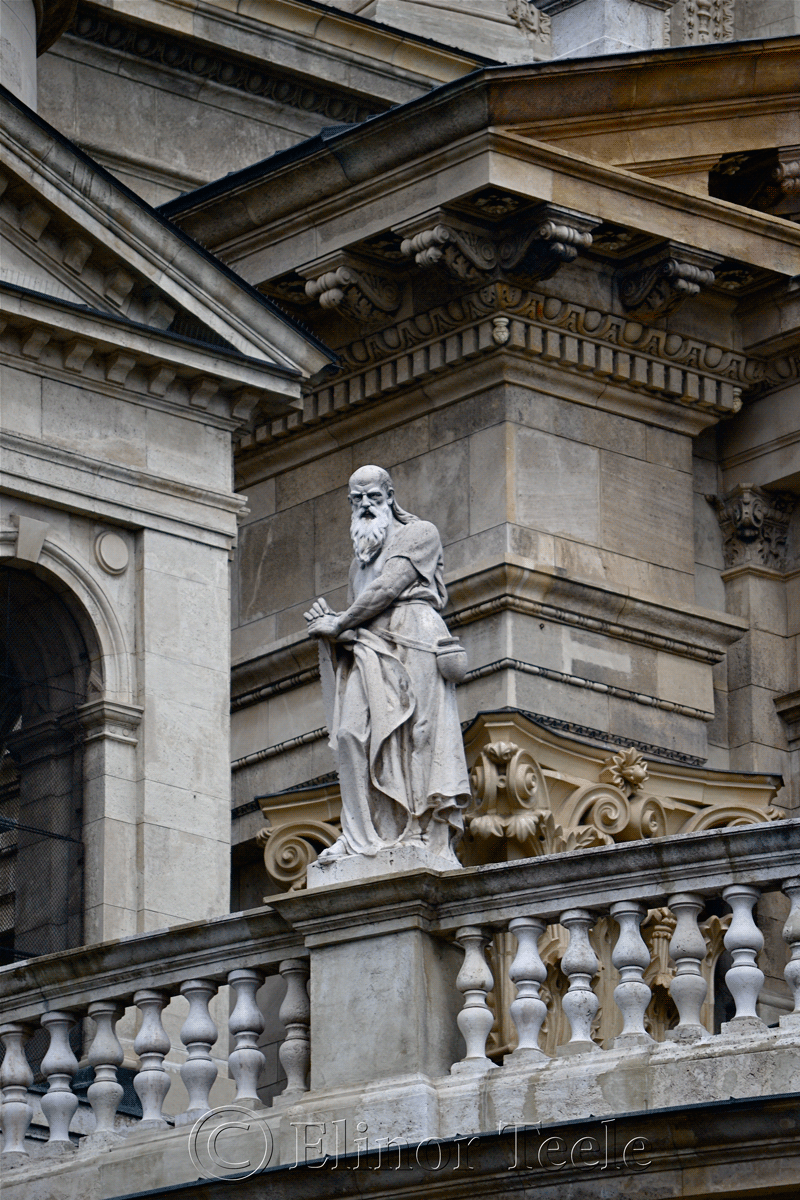St. Stephen Statue & Liberty Bridge, Budapest, Hungary
Of all the statues in Budapest – and there are many – this is a particular favorite. It’s only 12-years-old, created in 2001 by Pál Ko. Check out the details on the leggings and toes. On the masts of the Liberty Bridge, you can just glimpse the bronze statues of
Continue readingSt. Stephen Statue & Liberty Bridge, Budapest, Hungary
Gellért Monument, Gellért Hill, Budapest, Hungary
Gellért Hill (Szent Gellért hegye) is named after Saint Gerard, a man with the unfortunate honor of being the first bishop to be sealed into a barrel pierced with nails and heaved over a hill into the Danube. His patron, King Stephen, had recently died and the rebelling pagan Magyars
Continue readingGellért Monument, Gellért Hill, Budapest, Hungary
Liberty Statue, Citadel, Budapest, Hungary
As one of the highest spots in the city (771 ft.), Buda’s Gellért Hill is hard to miss. It’s also hard to attack, which is why it now has a ruddy big citadel on top. It was built by the Habsburgs, after a little dust-up known as the Hungarian Revolution
Hungarian National Museum, Budapest, Hungary
If you’ve got a spare shekel (or forint), it’s worth poking your head into the Hungarian National Museum. Like all national museums, there is an extraordinary amount of historical flotsam and passels of bored school kids, but there is also: Beethoven’s Broadwood Piano Acquired for 181 florins by C.A. Spina
Continue readingHungarian National Museum, Budapest, Hungary
St. Stephen’s Basilica, Budapest, Hungary 1
In Budapest, even elderly saints work out. St. Stephen’s Basilica was only completed in 1905, and you can see the same musculature at work (or at the gym) in early 20th century print. The extensive poster collection in the Hungarian National Museum contains gems like this one: The first issue
Danube in Flood 2013, Budapest, Hungary 1
Floods peaked at 8.91 meters in Budapest, but swamped much of the surrounding countryside. On a train ride from Budapest to Slovakia, we passed roads, fields and crops underwater. There were sandbags in the streets of Visegrád and flood fences along the rails. Only red tile roofs remained.










